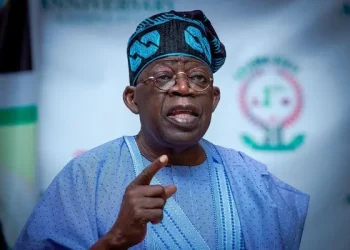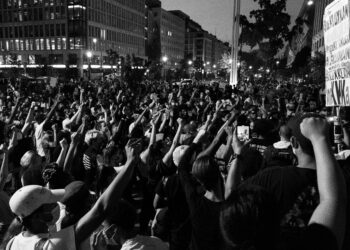Following a day of intense protests on Sunday, which resulted in nearly 100 deaths in Bangladesh, Prime Minister Sheikh Hasina resigned and fled the country. Army Chief General Waker-Uz-Zaman announced Hasina’s resignation in a televised address, stating that an interim government would be established. Reports indicated that Hasina, 76, was transported by military helicopter with her sister and headed to India. CNN News 18 confirmed her arrival in Agartala, the capital of India’s northeastern state of Tripura, near Bangladesh’s eastern border.
Army Chief’s Address
Army Chief Zaman, who assumed his position on June 23, described his discussions with leaders of major political parties as “fruitful” and announced plans to meet with President Mohammed Shahabuddin to determine the next steps. “The country is going through a revolutionary period,” Zaman stated. He assured the public of justice for the victims of recent violence and urged patience as the military works to address the crisis. “Please avoid returning to violence and adopt non-violent and peaceful methods,” he implored.

Protests and Escalation
Protesters in Dhaka, expressing their outrage, climbed atop a statue of Sheikh Mujibur Rahman, the independence leader and father of Hasina, and began vandalizing it. The protests, which began as a demand for job quotas, evolved into a broader movement calling for the Prime Minister’s resignation. Defying a government-imposed curfew, activists demonstrated their determination to oppose the administration.
Current Situation
The unrest in Bangladesh has led to over 250 deaths and numerous injuries in the past month. The protests, initially sparked by job quota demands, ultimately focused on the Prime Minister’s resignation. Hasina lost public support for her governance which forced her resignation and flee the country to avoid potential attacks, the situation reflects a significant power shift, marking a notable victory for the protesters and a setback for the government.

















